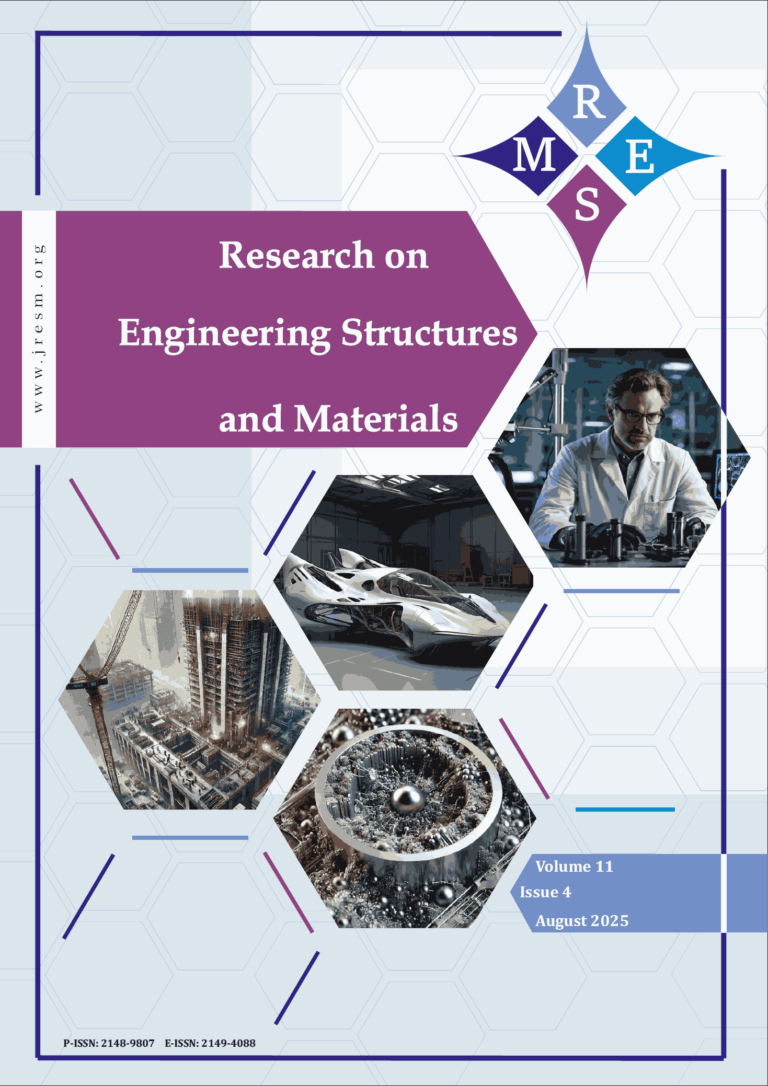The use of FRP composites in the strengthening of existing structures has become increasingly common. In the strengthening of reinforced concrete (RC) elements using FRP through either the externally bonded reinforcement (EBR) or near-surface mounted (NSM) methods, the interface between the FRP and the concrete is typically the weakest link, which negatively affects the overall effectiveness of the strengthening technique. One of the primary damage mechanisms observed in RC members strengthened with NSM-CFRP strips is intermediate crack (IC) debonding. To estimate the maximum debonding resistance that develops in the NSM-CFRP strip against this type of failure, an existing analytical model in the literature was recalibrated using Particle Swarm Optimization (PSO). While preserving the original functional form proposed by the authors, four separate models were developed. The resulting coefficients and performance metrics (RMSE, MAE) were then compared with those of the existing model, which uses fixed coefficients reported in the literature, based on the same dataset. The recalibrated model achieved 6.9% improvement in MAE, demonstrating better prediction accuracy and more consistent performance across individual runs. These improvements can contribute to more efficient and reliable FRP strengthening designs by improving the accuracy of debonding strength estimation and enhancing economical design.
